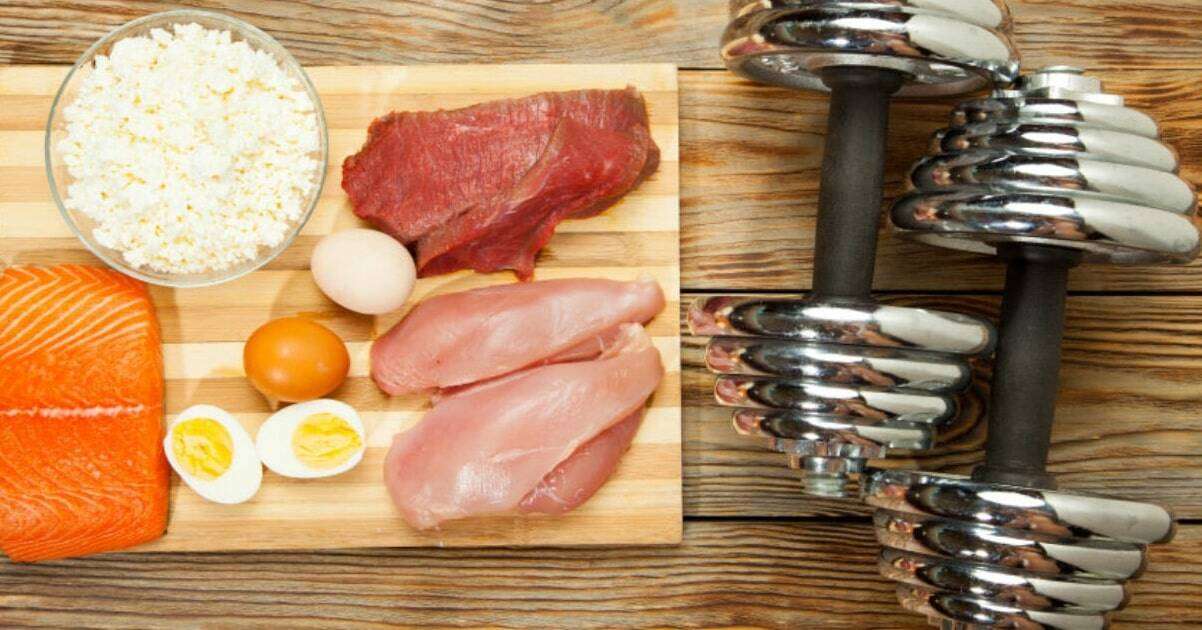
Should I run with a cold?
November 3, 2021
Diet to gain muscle
November 17, 2021
Should I run with a cold?
November 3, 2021
Diet to gain muscle
November 17, 2021Calves pain is a very common symptom at any age and may arise due to different factors. However, most of the time it is caused by intense physical activity, being very common during running, as it is the most used muscle in this exercise.
However, this pain can also indicate more serious conditions, which should be evaluated by the doctor, such as baker's cyst, varicose veins, thrombosis or Achilles tendon rupture.
According to physiotherapist Pinheiro, M. (2020), the most common causes of calves pain are:
- Poor blood circulation
It mainly affects sedentary and older people who do not practice physical activity. But it can also affect pregnant women, especially late in pregnancy, as well as people who have had recent surgery and are still on bed rest. In these cases, it won't be a cause for concern but it can leave your feet cold and uncomfortable to walk.
What to do: Stretching can help ease the pain and discomfort of poor circulation, but it's important to exercise regularly to improve circulation and prevent the formation of varicose veins, for example. Other good tips include wearing elastic stockings, not sitting or standing for too long, and cutting down on the amount of salt in your food to avoid fluid retention.
- Deep vein thrombosis
It is a more common vascular disorder in the elderly. A thrombosis should be suspected when there is pain in the leg that becomes swollen and stiff. Thrombosis occurs when a thrombus clogs one of the leg veins, blocking circulation from there.
What to do: It is recommended to go to the doctor to confirm the diagnosis and start the appropriate treatment, which is usually done with anticoagulant drugs that thin the blood and dilute the clot. In some cases, it may even be necessary to have surgery to place a stent to open the vein and facilitate blood flow.
- Varicose veins
When a person has many varicose veins, even if they are small, or only 1 or 2 large and long varicose veins, they may frequently experience pain in the calves. In this case, the veins are more swollen and there is a feeling of heavy and tired legs.
What to do: The treatment can be done with the use of elastic stockings, taking medication and regular physical activity, because that way the blood is pumped more strongly and the heart capacity also improves. Other options include laser therapy, sclerotherapy and surgery for varicose veins.
- Baker's Cyst
It usually appears behind the knee, being a sore 'ball', which can cause pain when moving the knee, but which can also radiate to the calf.
What to do: It is not serious but it causes great discomfort, it is recommended to wear compression stockings, put on a cold compress and undergo physiotherapy.
- Infectious cellulitis
It is an infection of the deep layers of the skin that can affect any region of the body, including the legs. This type of infection can cause severe pain in the calf, with intense redness and swelling.
What to do: It is important to consult a doctor whenever infectious cellulitis is suspected to prevent the bacteria from reaching the bloodstream and spreading throughout the body, causing sepsis. Treatment is with antibiotics and you may need to stay in the hospital.
- Achilles tendon rupture
In case of direct trauma to the leg or heel, or during intense physical activity, the Achilles tendon may be torn. The classic symptoms are pain in the calf with severe difficulty walking, severe pain when pressing on the Achilles tendon, and it is common for the person to say that they heard a snap in their leg.
What to do: You must go to the hospital because the treatment is done by putting the foot in plaster and, in some cases, surgery may be necessary.
- Pain in the calf during pregnancy
It is a normal symptom that happens due to the accumulation of blood in the legs caused by hormonal changes. It appears mainly at night and during the day, cramps that are related to a lack of potassium may appear.
What to do: The pregnant woman should stretch the muscle affected by the cramp and eat bananas or other foods rich in potassium, in addition to wearing elastic stockings during the day and elevating her feet at night, to improve blood circulation and reduce pain.
- Pain in the calf during running
During exercise such as running, the pain is most likely caused by a muscle disorder. Thus, the most common causes of calf pain during running are:
- Intense physical exercise, especially uphill, in which case both legs are affected at the same time;
- Muscle strain, contracture or distension;
- Cramp, which appears suddenly in one leg, which can also cause pain in the foot;
- Stone syndrome, which causes intense and sudden pain, as if someone had been stoned in the leg;
- Lack of minerals, which can happen during long races and lack of hydration.
When you feel a severe pain in the calf during a run, it is recommended to stop running and stretch the muscle, sitting on the floor with your legs stretched out, pointing your toes towards your nose.
But if the pain is bearable, being just a nuisance affecting both legs at the same time, most likely it is fatigue due to lack of physical condition and with persistence in training, this pain will tend to disappear.
Calf pain tends to lessen after exertion and can be treated with physiotherapy, massage or rest in milder situations, or surgery in more severe situations.
Anti-inflammatory drugs or muscle relaxants can also be used to treat pain, such as Paracetamol, Voltaren or Calminex, or natural remedies.
RM Trainer recommends that you exercise regularly but not exceeding your physical limits so that the pain described above does not appear.
The best solution will always be prevention!
